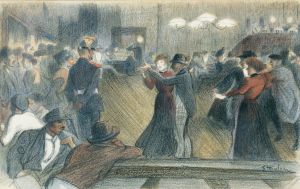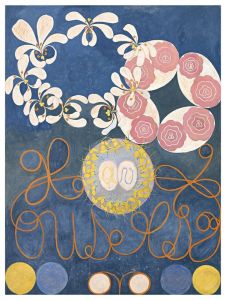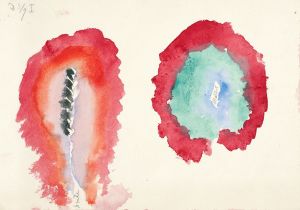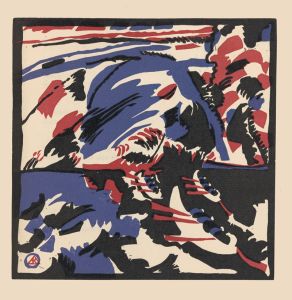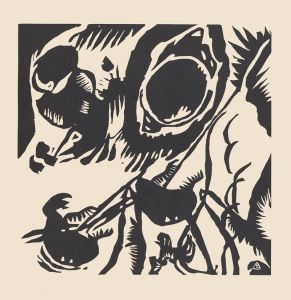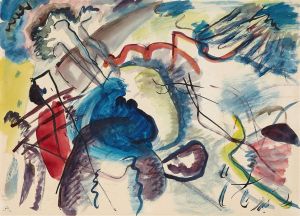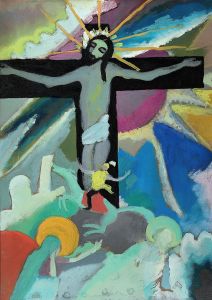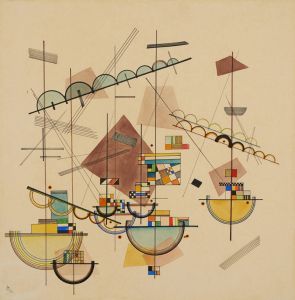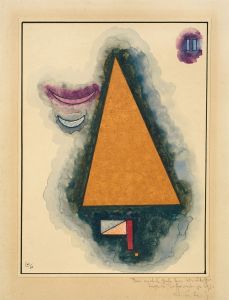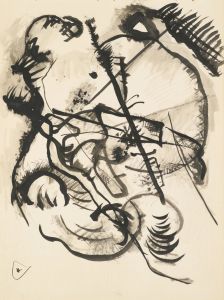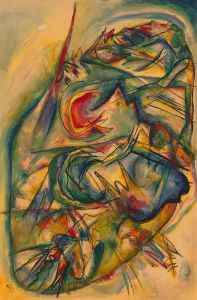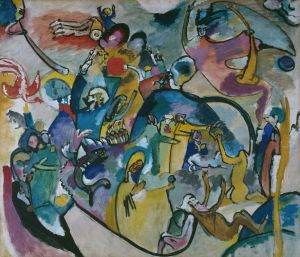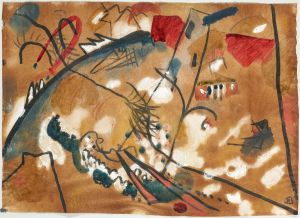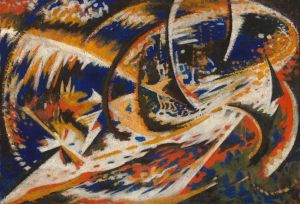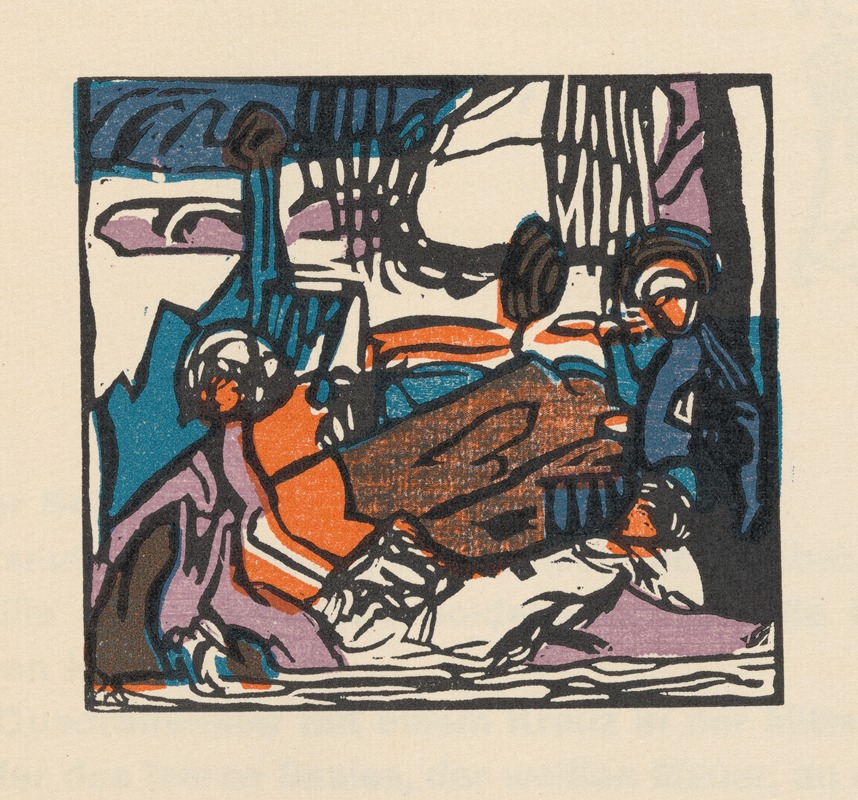
Klänge Pl.13
A hand-painted replica of Wassily Kandinsky’s masterpiece Klänge Pl.13, meticulously crafted by professional artists to capture the true essence of the original. Each piece is created with museum-quality canvas and rare mineral pigments, carefully painted by experienced artists with delicate brushstrokes and rich, layered colors to perfectly recreate the texture of the original artwork. Unlike machine-printed reproductions, this hand-painted version brings the painting to life, infused with the artist’s emotions and skill in every stroke. Whether for personal collection or home decoration, it instantly elevates the artistic atmosphere of any space.
Wassily Kandinsky, a pioneering figure in abstract art, created "Klänge Pl.13" as part of his exploration into the synthesis of visual art and music. Kandinsky, born in Moscow in 1866, was a Russian painter and art theorist who is often credited with painting one of the first recognized purely abstract works. His work in the early 20th century was instrumental in the development of abstract art, and he was deeply influenced by the idea that visual art could evoke the same emotional responses as music.
"Klänge" (meaning "Sounds" in German) is a significant work in Kandinsky's oeuvre, consisting of a series of woodcuts and prose poems published in 1913. This collection is considered one of the most important examples of the artist's synthesis of art and music, a theme that permeated much of his work. The woodcuts in "Klänge" are characterized by their bold, abstract forms and the use of color to convey emotion and movement, reflecting Kandinsky's belief in the spiritual and emotional power of art.
"Klänge Pl.13" is one of the plates from this collection, showcasing Kandinsky's innovative use of form and color. The piece exemplifies his departure from representational art, embracing abstraction to express inner feelings and spiritual truths. Kandinsky's work during this period was heavily influenced by his synesthetic experiences, where he perceived colors and shapes as having inherent sounds and emotions. This synesthesia informed his artistic philosophy, which he articulated in his influential book "Concerning the Spiritual in Art," published in 1911.
In "Klänge Pl.13," Kandinsky employs a dynamic composition, using geometric shapes and vibrant colors to create a sense of rhythm and harmony. The interplay of forms and colors in the piece is intended to evoke a musical quality, inviting viewers to experience the work as they would a piece of music. This approach reflects Kandinsky's belief that art should transcend mere representation and instead communicate deeper spiritual and emotional truths.
Kandinsky's work, including "Klänge Pl.13," was part of a broader movement in early 20th-century art that sought to break away from traditional artistic conventions. Alongside contemporaries such as Franz Marc and Paul Klee, Kandinsky was a key figure in the development of the Blaue Reiter group, which emphasized the importance of color and form in expressing emotional and spiritual experiences.
The impact of Kandinsky's work on the art world was profound, influencing generations of artists and contributing to the development of various modern art movements, including Abstract Expressionism. His exploration of the relationship between art and music continues to resonate with artists and art enthusiasts today, highlighting the enduring power of abstraction to convey complex emotional and spiritual experiences.
"Klänge Pl.13" remains a testament to Kandinsky's innovative spirit and his commitment to exploring the boundaries of visual art. Through his work, Kandinsky challenged viewers to engage with art on a deeper level, encouraging them to experience the emotional and spiritual dimensions of his abstract compositions.





